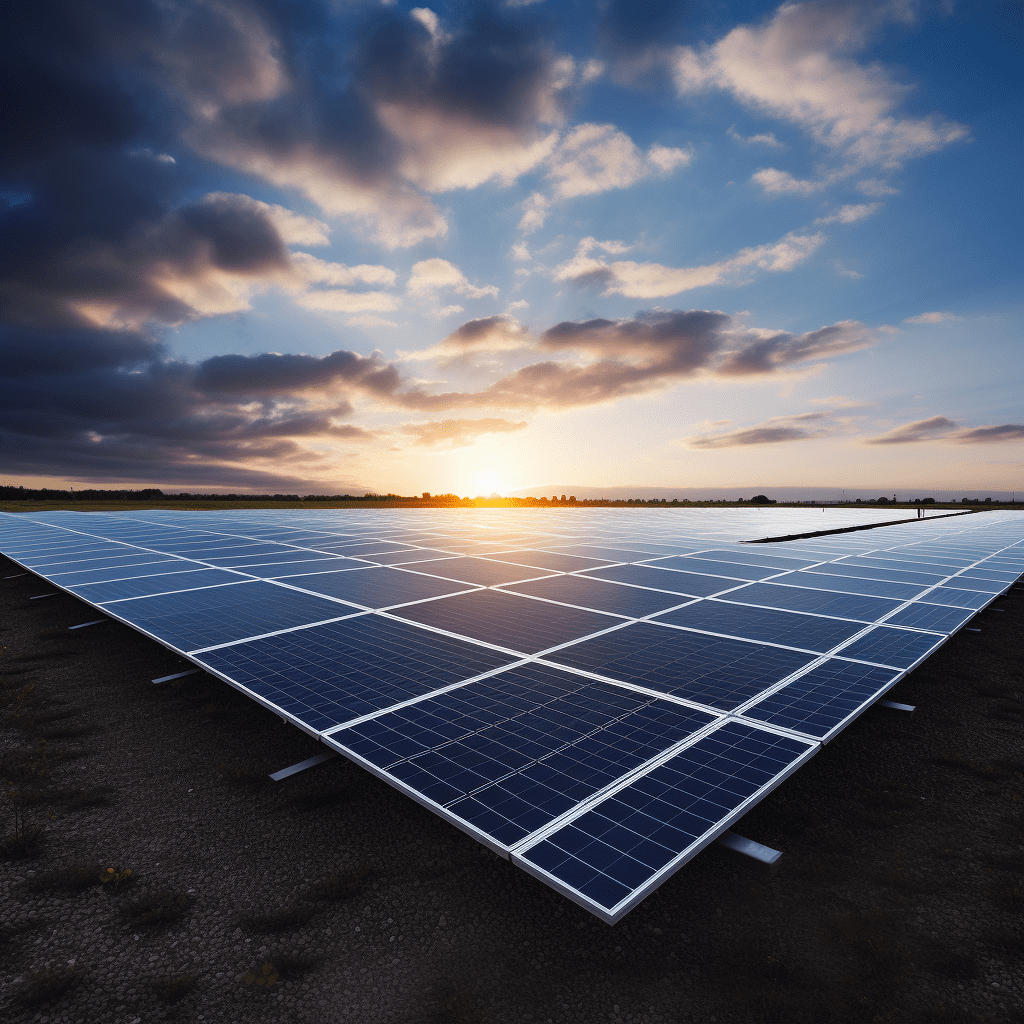The angle of incidence refers to the angle at which sunlight strikes a solar panel. This angle significantly affects solar energy efficiency, as optimal angles enhance energy absorption. Understanding how to adjust and measure this angle can lead to improved performance and greater energy production from solar installations.
What Is the Angle of Incidence in Solar Energy?
The angle of incidence is defined as the angle between the incoming sunlight and a line perpendicular to the surface of a solar panel. It plays a crucial role in determining how much solar energy is absorbed by the panel. A smaller angle (closer to zero) typically results in higher energy absorption.
| Definition | Description |
|---|---|
| Angle of Incidence | The angle between incoming sunlight and panel surface |
How Does the Angle of Incidence Impact Solar Panel Performance?
As the angle of incidence increases, less sunlight hits the panel directly, leading to reduced efficiency. For example, when sunlight strikes at a 90-degree angle, maximum energy is absorbed. However, at larger angles, more light is reflected away, decreasing overall energy output.
| Performance Impact | Description |
|---|---|
| Optimal Angle (0°) | Maximum energy absorption |
| Increased Angle | Reduced efficiency due to reflection |
What Are the Optimal Angles for Solar Panel Installation?
The optimal angle for solar panel installation depends on geographic location and seasonal changes. Generally, panels should be tilted at an angle close to the latitude of their installation site during winter and adjusted seasonally to maximize exposure throughout the year.
| Location | Recommended Tilt Angle |
|---|---|
| Equatorial Regions | 0° – 10° |
| Mid-Latitude Regions | Latitude + 15° in winter; Latitude – 15° in summer |
| High-Latitude Regions | Latitude + 30° |
Why Is Understanding the Angle of Incidence Important for Energy Production?
Understanding the angle of incidence is vital for maximizing solar energy production. By optimizing panel orientation based on seasonal and daily sun positions, users can significantly increase energy yield, making solar systems more efficient and cost-effective over time.
| Importance | Description |
|---|---|
| Maximizes Energy Yield | Enhances overall system performance |
| Cost-Effectiveness | Increases return on investment |
What Are the Different Types of Solar Angles?
Several types of solar angles affect how much sunlight a panel receives:
- Zenith Angle: The angle between the sun and a point directly above (zenith).
- Azimuth Angle: The compass direction from which sunlight is coming.
- Altitude Angle: The height of the sun in relation to the horizon.
| Type | Description |
|---|---|
| Zenith Angle | Measures sun’s position relative to vertical |
| Azimuth Angle | Directional measurement relative to north |
| Altitude Angle | Measures sun’s height above horizon |
How Can You Optimize Solar Panel Angles for Maximum Output?
To optimize solar panel angles:
- Adjust Tilt Seasonally: Change angles based on seasonal sun paths.
- Use Tracking Systems: Implement solar trackers that adjust panels throughout the day.
- Regular Maintenance: Ensure panels are clean and free from obstructions that could block sunlight.
| Optimization Method | Description |
|---|---|
| Seasonal Adjustment | Change tilt based on season |
| Tracking Systems | Automatically follow sun’s movement |
| Regular Maintenance | Keep panels clean for maximum exposure |
Redway Battery provides high-quality lithium batteries that pair well with solar systems, ensuring reliable energy storage and performance across various applications.
Buy Wholesale Battery Tips
For businesses looking to purchase batteries suitable for various applications, partnering with a reliable manufacturer is essential.Redway Battery, with over 13 years of experience, is an excellent choice for battery wholesale buyers or OEM orders clients overseas. To place an OEM order from Redway:
- Identify your specific battery requirements.
- Contact Redway’s sales team with your specifications.
- Discuss pricing, minimum order quantities, and lead times.
- Finalize your order details and confirm production timelines.
This process ensures you receive top-notch products tailored to your needs while benefiting from competitive pricing.
Industrial News
Recent advancements in solar technology are focusing on improving efficiency through better understanding and application of solar angles. Innovations include enhanced tracking systems that adjust panel positions throughout the day, maximizing exposure to sunlight. As renewable energy continues to grow in importance, these developments are crucial for improving overall system performance.
Redway Expert Views
“Understanding solar angles is fundamental for optimizing photovoltaic systems,” states an expert at Redway Battery. “By adjusting panels according to these angles, users can significantly enhance their energy production capabilities, ensuring they get the most out of their investment in renewable energy.”
Frequently Asked Questions About Solar Angles
- What is the angle of incidence? It is the angle at which sunlight strikes a solar panel relative to a perpendicular line.
- Why does it matter? The angle affects how much sunlight is absorbed by the panel, impacting overall efficiency.
- How can I optimize my solar panels? Adjust tilt seasonally or use tracking systems that follow the sun’s path throughout the day.
- What are common types of solar angles? Zenith angle, azimuth angle, and altitude angle are all important measurements related to solar exposure.



